Columbus, as the first Western Eyes, called it
panic grass -- Maize, of a "quaking" ancestry, i.e., the
attempt, always, at classification. Though the myth of an
Indian
Chicomecoatl, or an ear of blue kernel
shook out of the wings of a turkey (as it flew from
The-Star-That-Spreaks-Its-Hair in a morning
sky), of Kan of the Codex, is a confusion of the deities, closer,
as a myth is, to roots: a confusion
of silk & tassle, kept, in planting every row,
to assure that a characteristic
abundance of blues. reds, purples & yellows continue -- in colors
that are pure, or striped, or speckled
as the egg of a turkey.
At the time of the new moon --
(for as the moon
grows, so will the corn)
when the leaves of the white-oak
are as large as
a squirrel's foot.
the woman (for the corn os a woman)
dance
& shake their hair loose
over their shoulders.
Flutes are played, so the earth
will loosen.
for the kernel --
& when the sun rises
to meet the star of morning.
each
is stamped into an earth, ready
to receive it.
I remember once, as black clouds
gathered in the sky, I took
refuge from the sudden autumn shower
under a shock of corn,
& the smell damp earth made --
under it, in a sheltering
hollow, among the crisp, yellow stalks
-- clings even now,
even as the mud that caked
on my boots, as I returned home.
What is a myth, but the power to tell
the truth of it? In words
not even the real here --
with its rootlets reaching from the base
arrested in a movement down,
or its bright green
of leaves, caught in transpiration --
could tell. For truth
includes not only the even row
of kernels, but grey-black
growths, that I have seen split
the greenest husk
--& Kan:
in which scholars
cannot seethe simplicity of a kernel
germinating:
feet curled above her head,
one hand holding the symbol of corn, & the other sprouting
as seeds below ground:
the triple root
as it grows down, & the one shoot curling up
to become a stalk --
& the moon, laid like a turkey egg
on a hill.
Ronald Johnson
















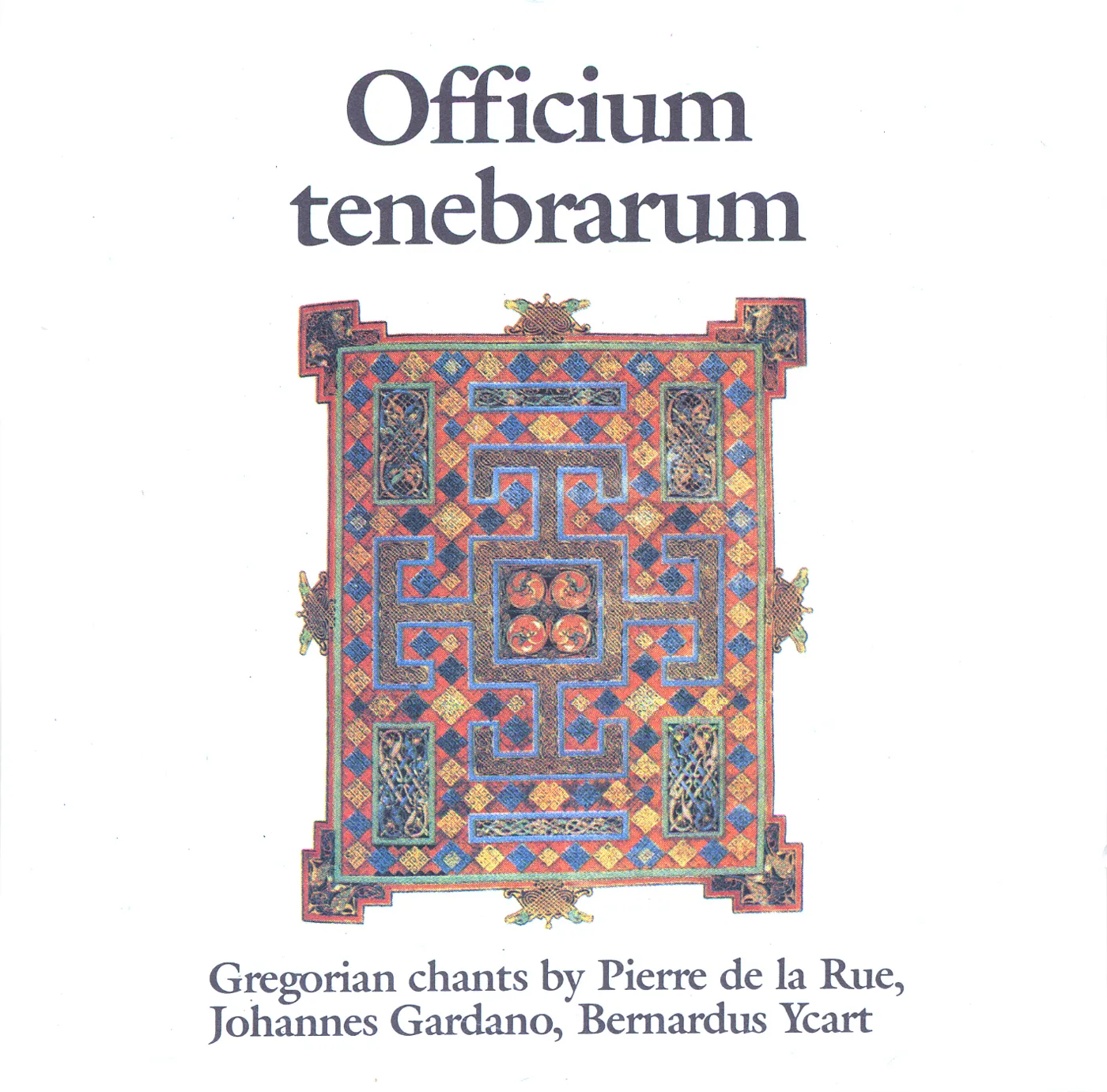





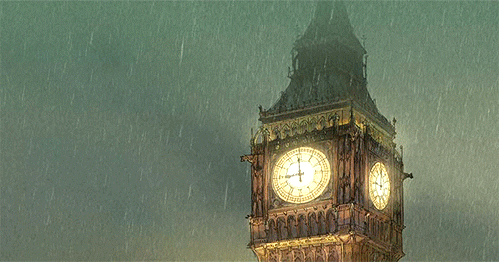






















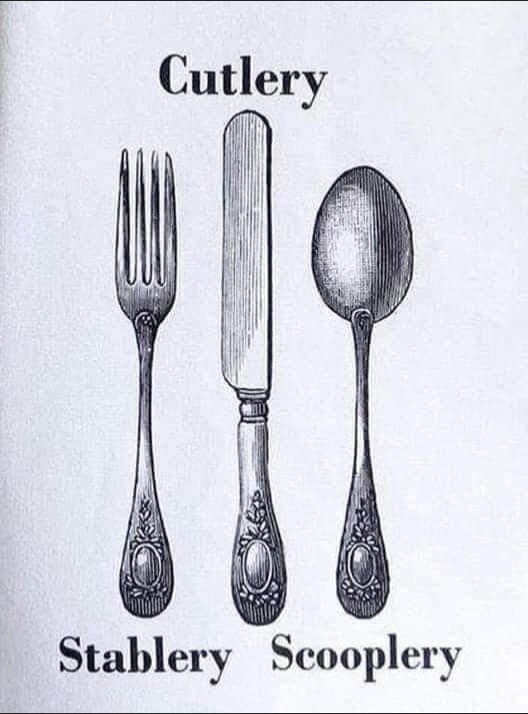
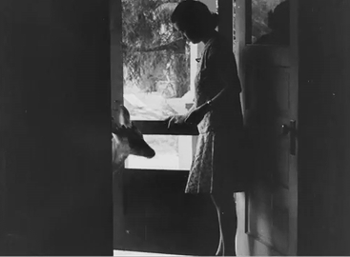













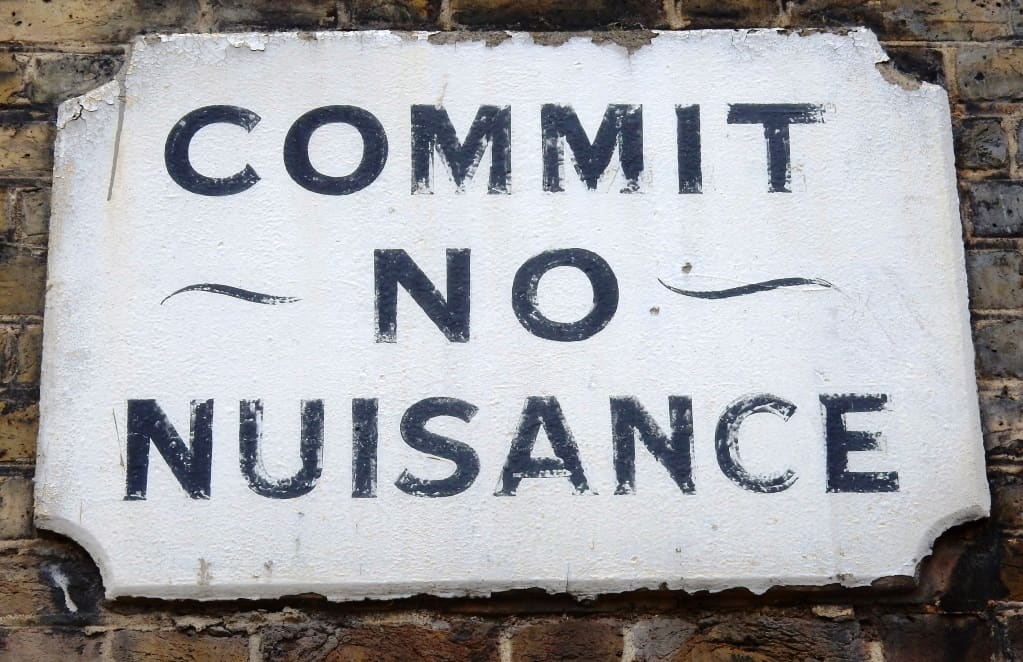
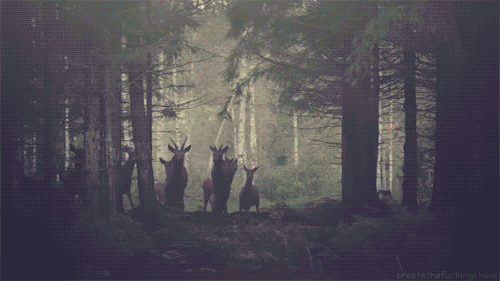
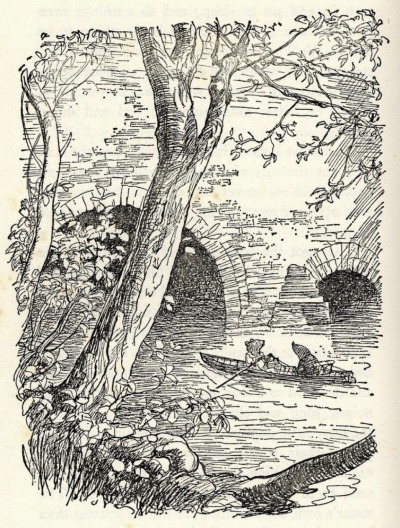
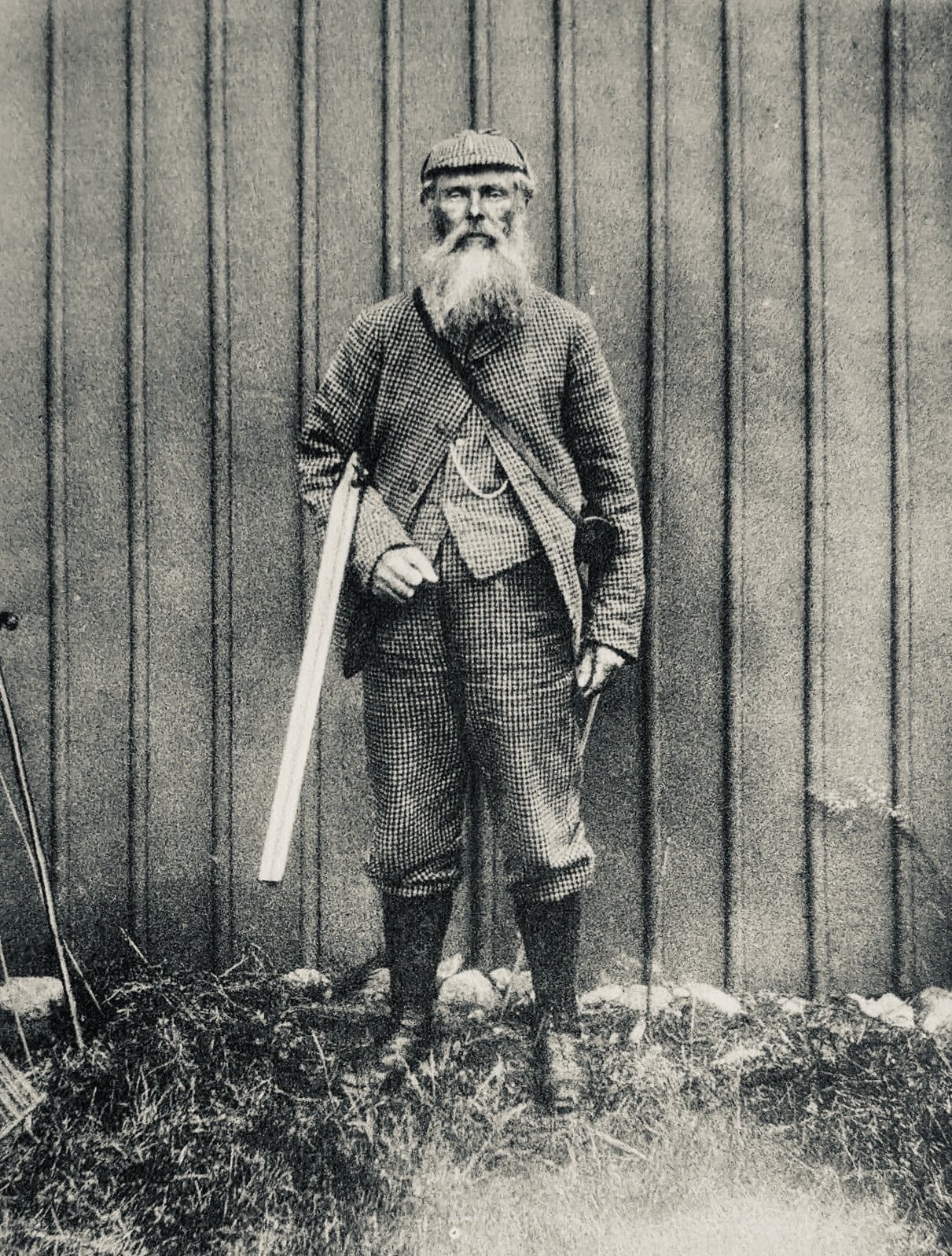




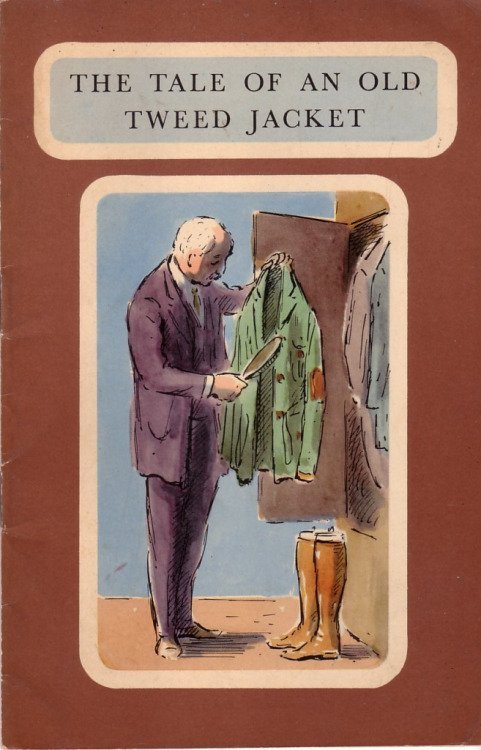










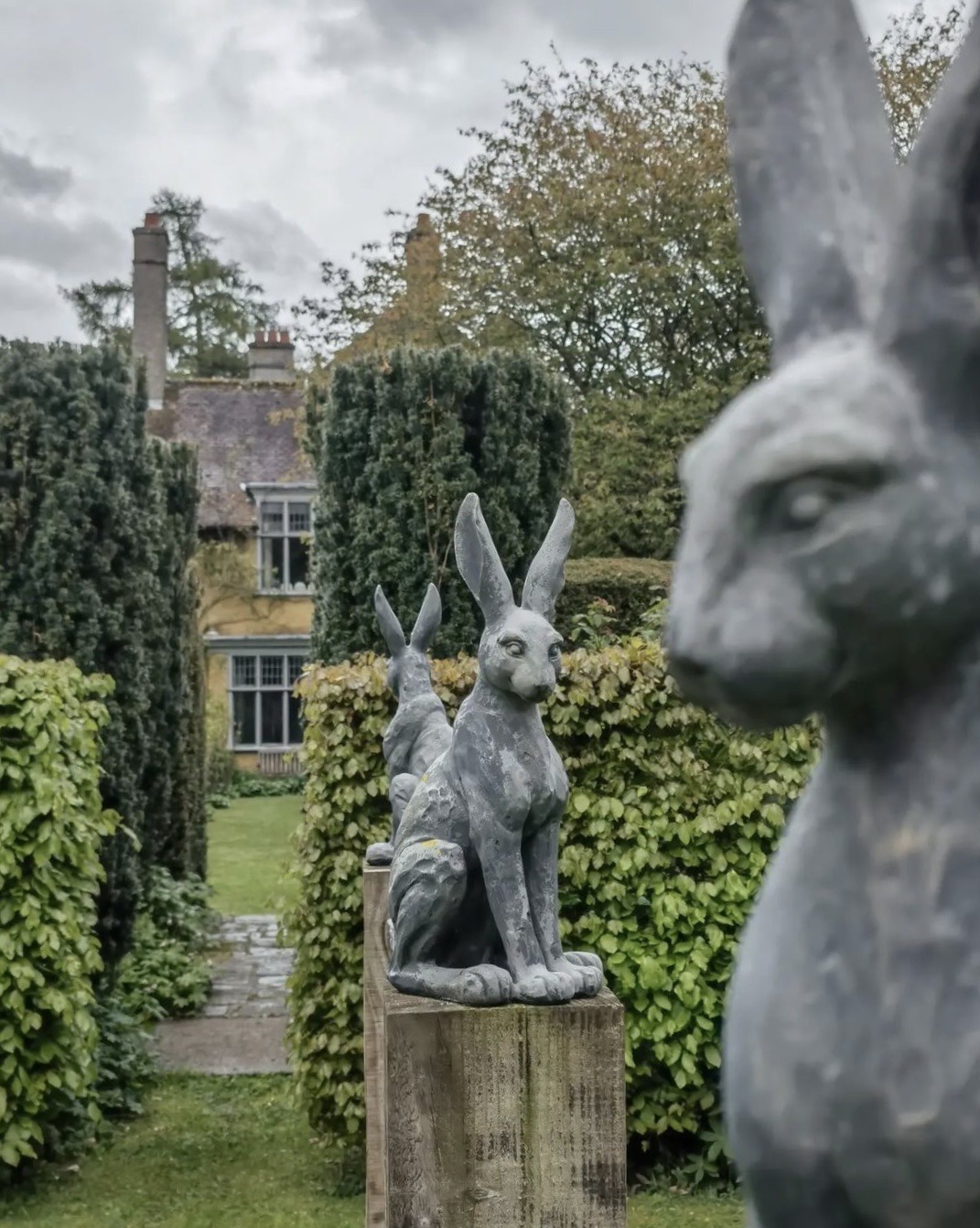
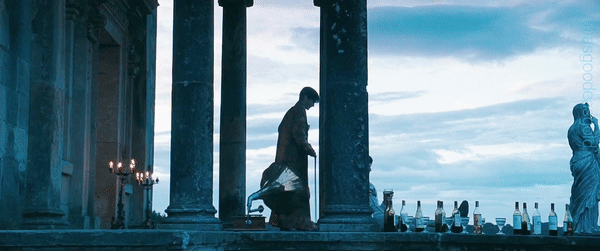










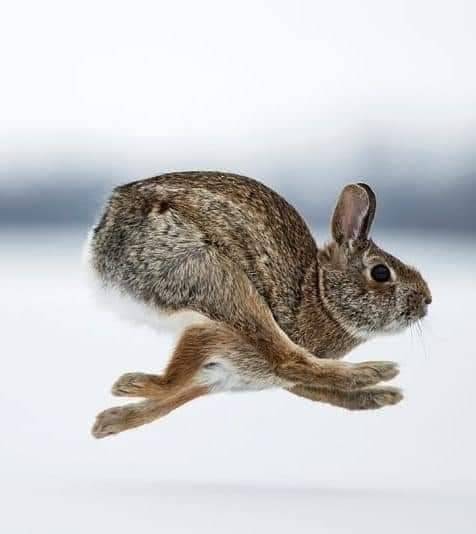


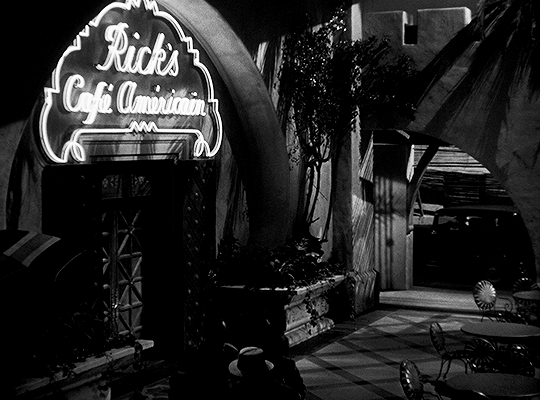




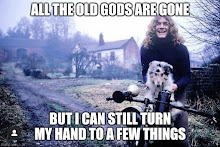
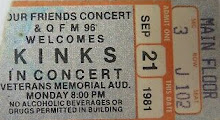

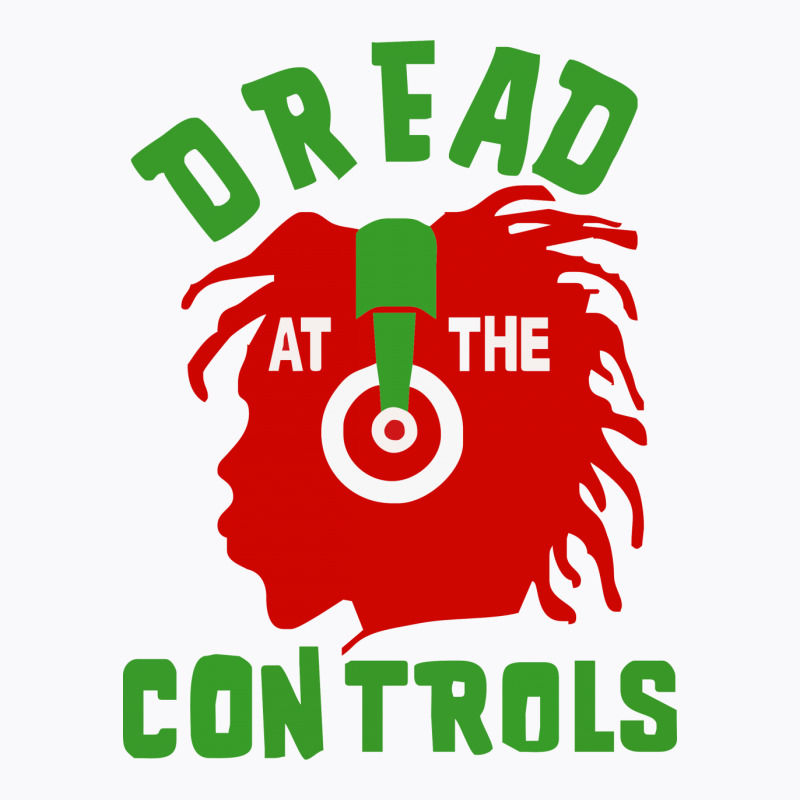













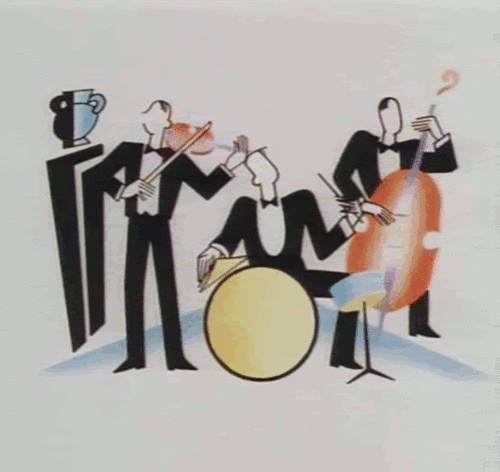









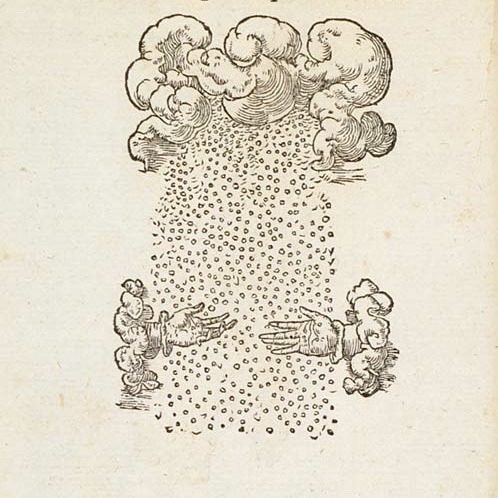


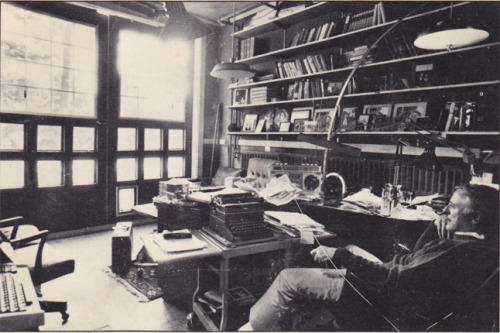


























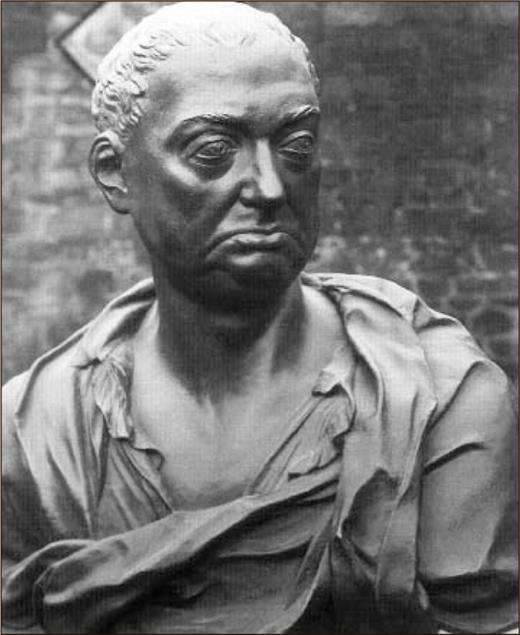












No comments:
Post a Comment